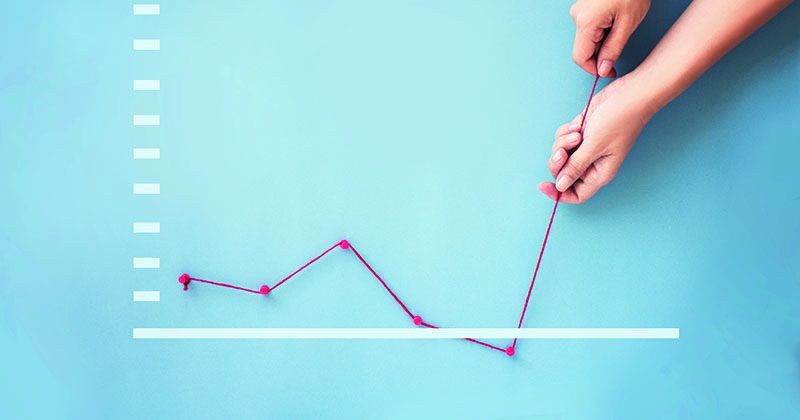The U.S. economy has now clocked more than 10 years of solid, if sometimes modest, growth, making this the longest economic expansion in U.S. history. So, it is entirely understandable that investors these days are a bit skittish, constantly on the lookout for any sign of backsliding, any early warnings of a downturn.
And there is no doubt at all that a downturn will occur, sooner or later, because downs always follow ups. It may not be precisely predictable, but it’s still inevitable. Behavioral economics experiments, in fact, have shown that even in artificially constructed markets with literally no outside interference at all, asset prices still rise and fall in relatively unpredictable waves. In any free-market economy, downturns are a feature, not a bug.
But is there any way to prepare your business for the next economic downturn or recession? Yes: Focus on your customers, today.
In tough times, after all, buyers want to economize every bit as much as sellers do. You can expect them to want to cut back, simplify, and search for reliability. Discount stores and price-off sellers benefit as consumers look for bargains, but customer-oriented sellers also benefit. And even in the worst economy imaginable there will still be some customers happy to buy things from the businesses they trust. If you have the tools and systems to know which customers those are—with the right customer insights—you can almost certainly outrun your competitors.
Customer insight is always helpful, but in a recession it can make the difference between success and failure. Retaining your best customers first is simply a more cost-efficient way to compete in a more cost-sensitive environment.
So, focus now on earning your customers’ trust, and when the economy does turn down, rather than simply assuming the fetal position you can take productive steps to improve your competitive position:
- Identify the most valuable 20% or 30% of your customers today and begin reaching out to them occasionally with unsolicited benefits and personalized offers. Consider prioritized service, facilitated deliveries, customized invoicing cycles, helpful information, etc.
- If you need to cut costs, economize first by reducing services provided to lower-value customers.
- Automate in areas that lower costs to serve and won’t erode customer relationships.
- Strengthen your customer interaction processes. Reinforce your communications resources and set up better listening posts in social media. Create priority channels to allow your best customers to reach you any time.
- Focus today on better understanding the different needs that different high-value customers have, so that when you do need to streamline, you can prioritize based on the types of customers whose needs you meet best.
The CIO at a mid-sized food services company once told me that during the last downturn they stopped “beating the bushes for new customers” and concentrated instead on retaining their best customers. Many of those accounts grew in volume during the downturn and became more profitable, as all customers consolidated their own spending with the supplier they trusted the most.
And a specialty chemical maker’s director of finance told me that her company had identified its top 20% of customers by profitability, and during the downturn they were able to focus on these customers, “looking for ways to improve product sales and services, reduce costs, and strengthen relationships.” Because they had taken these actions, she said, while the downturn hurt her company’s sales volume, profitability didn’t suffer nearly as much.
In an economic downturn you don’t have to outrun the economy, just your competitors. Focus now on earning the trust and confidence of your current customers if you want to be able to do just that.
















